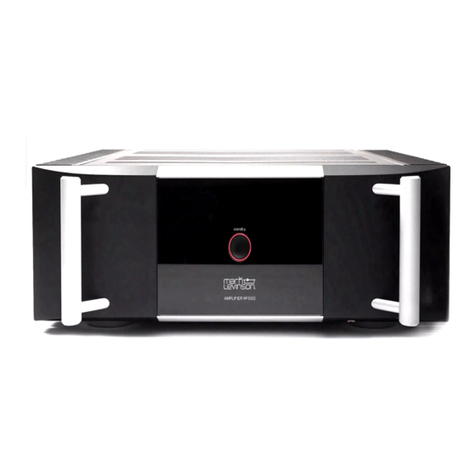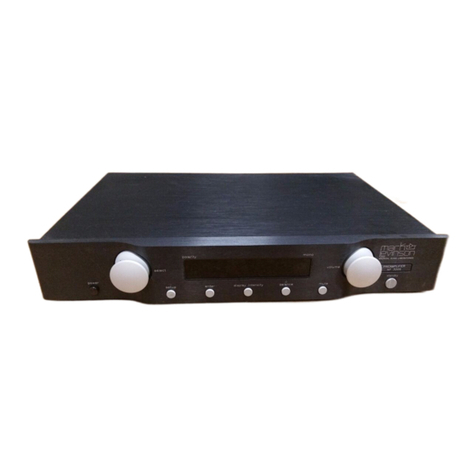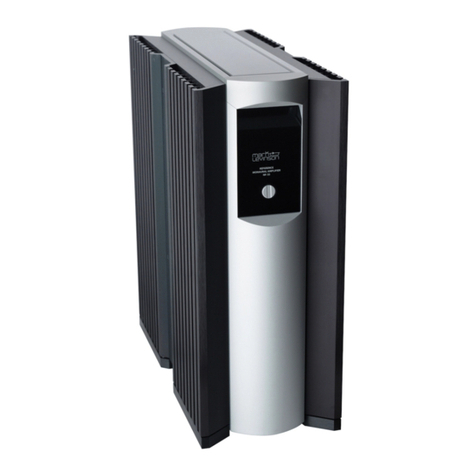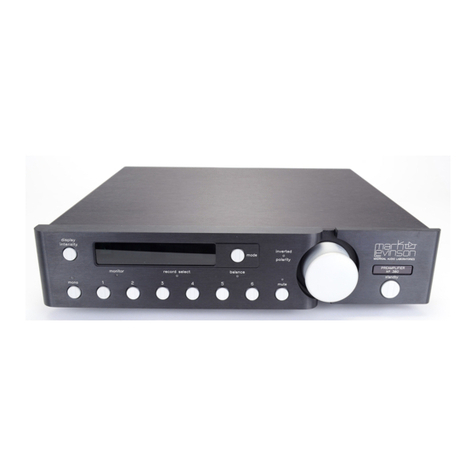Mark Levinson ML-50 User manual
Other Mark Levinson Amplifier manuals

Mark Levinson
Mark Levinson Nº53 User manual

Mark Levinson
Mark Levinson No.433 User manual

Mark Levinson
Mark Levinson 431 User manual

Mark Levinson
Mark Levinson 53 User manual
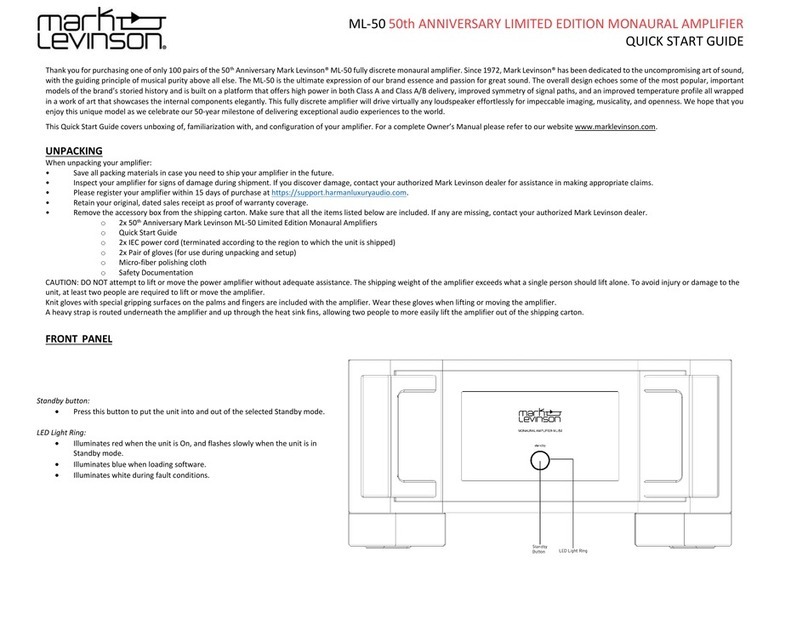
Mark Levinson
Mark Levinson ML-50 User manual
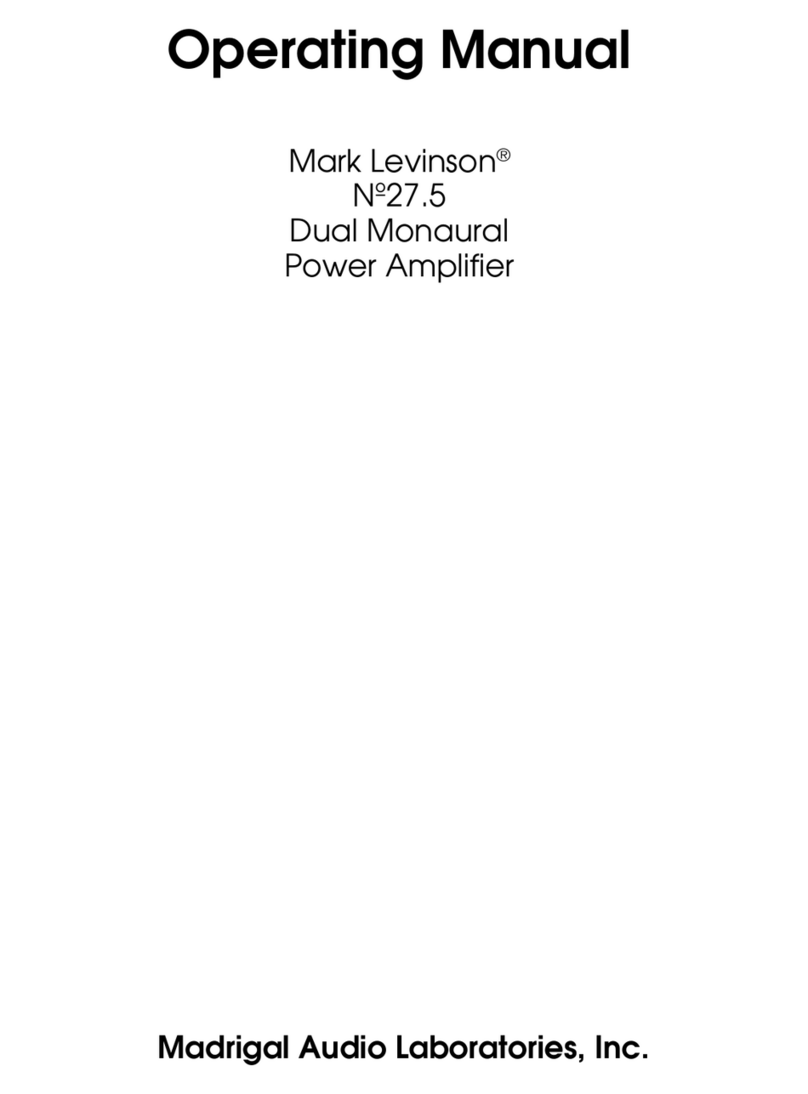
Mark Levinson
Mark Levinson 27.5 User manual
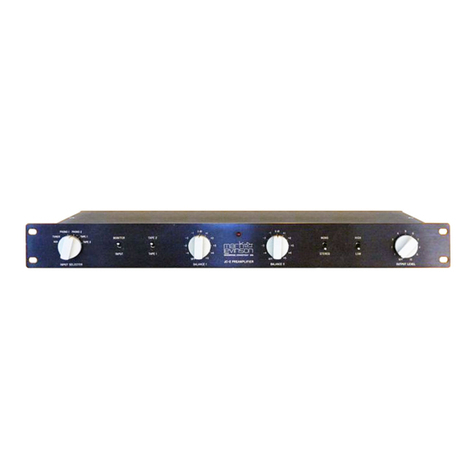
Mark Levinson
Mark Levinson JC-2 User manual

Mark Levinson
Mark Levinson 326S User manual
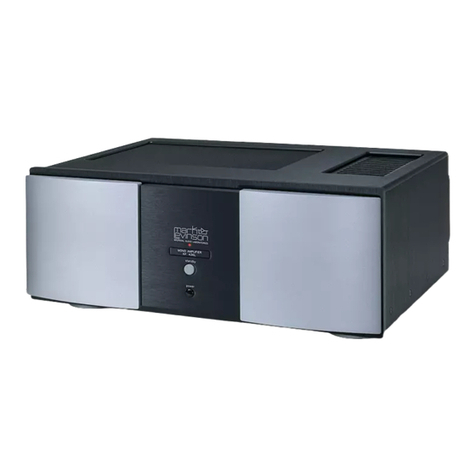
Mark Levinson
Mark Levinson 434 User manual
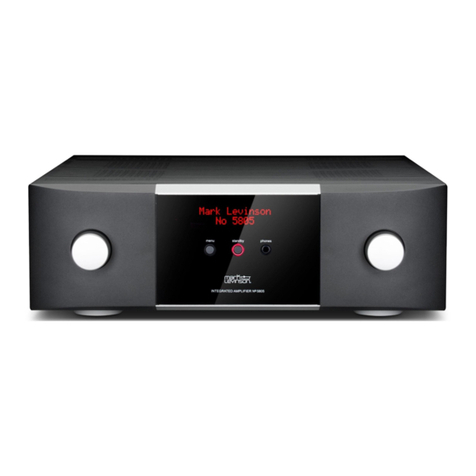
Mark Levinson
Mark Levinson 5805 User manual

Mark Levinson
Mark Levinson 433 User manual
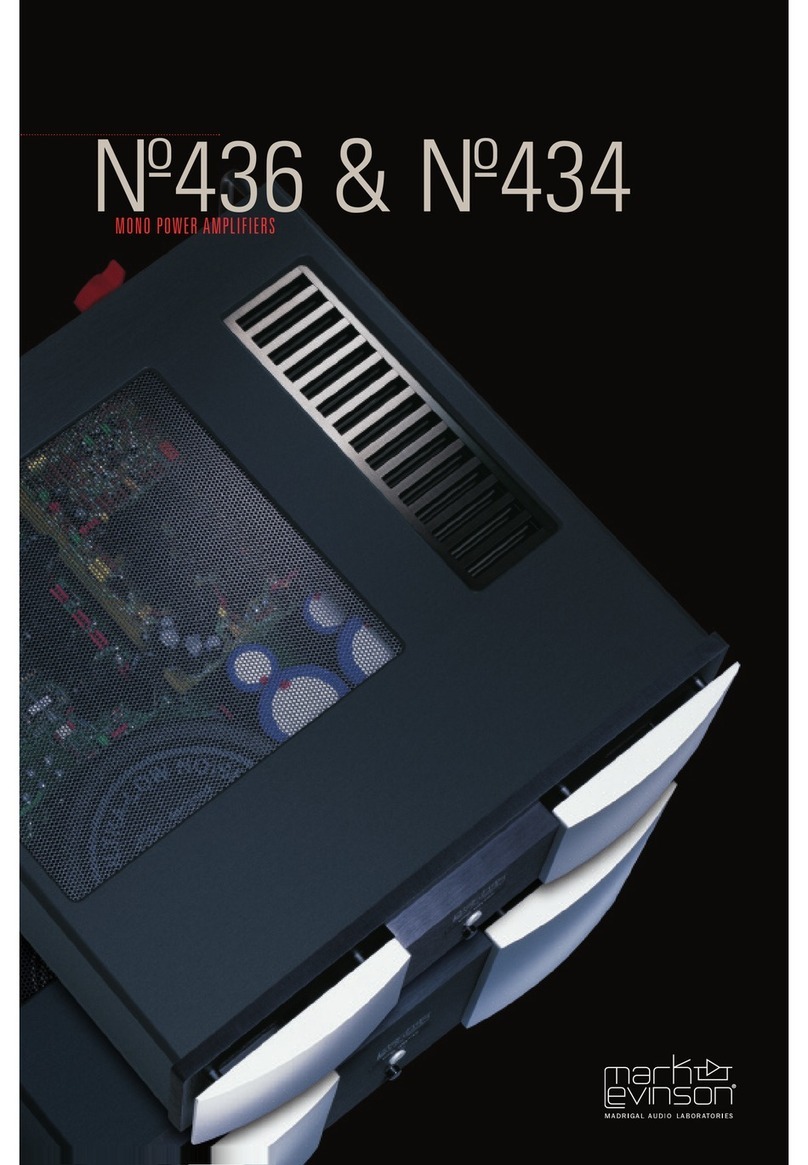
Mark Levinson
Mark Levinson 436 User manual
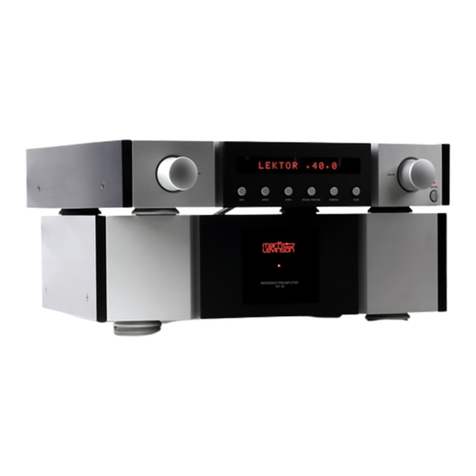
Mark Levinson
Mark Levinson #52 User manual
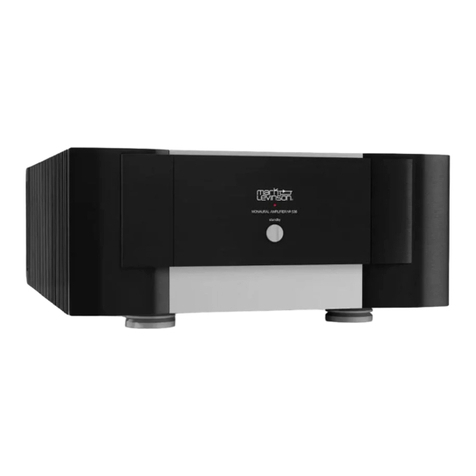
Mark Levinson
Mark Levinson 536 User manual
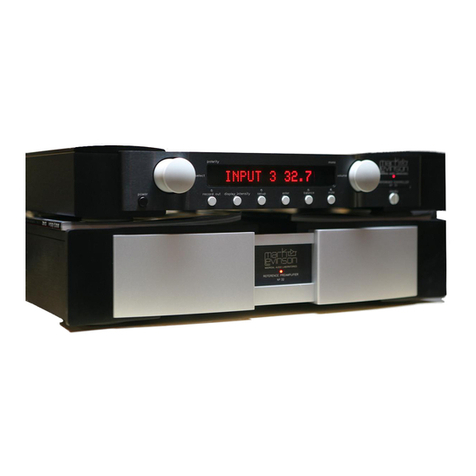
Mark Levinson
Mark Levinson 32 User manual
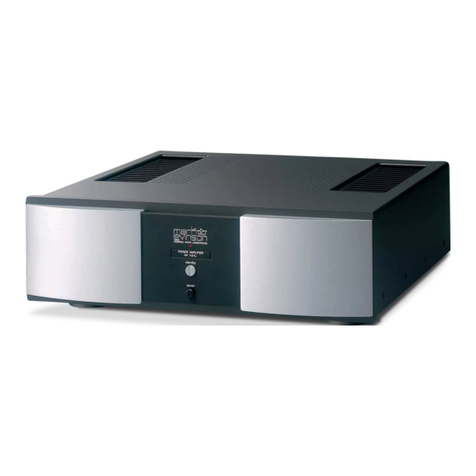
Mark Levinson
Mark Levinson 431 User manual
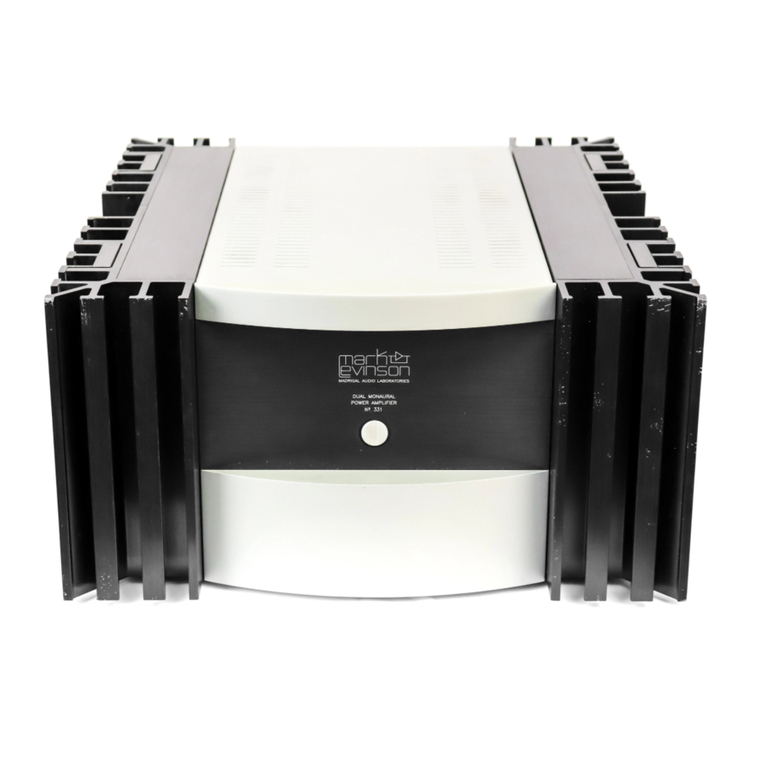
Mark Levinson
Mark Levinson N 331 User manual

Mark Levinson
Mark Levinson ?523 User manual
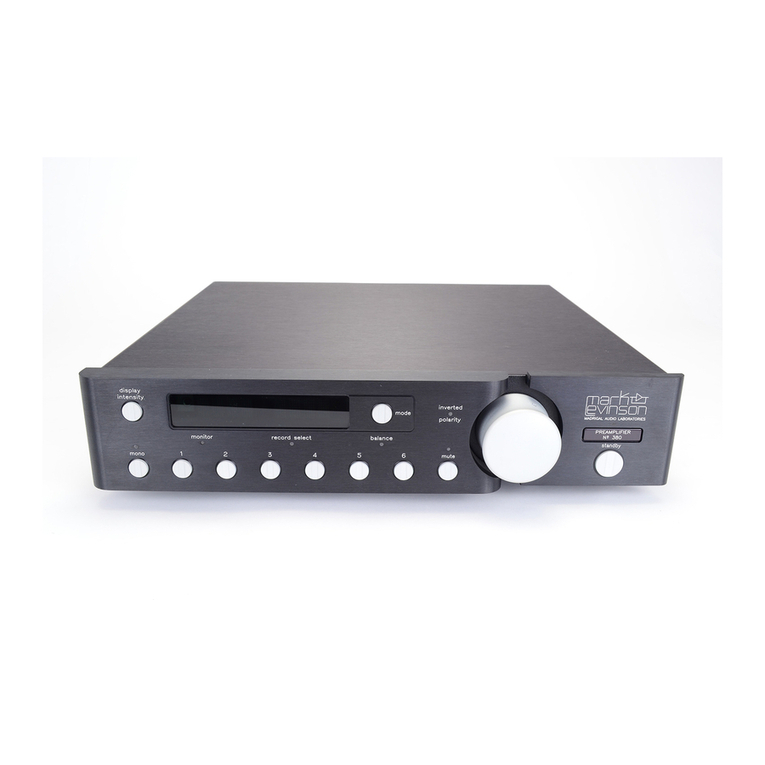
Mark Levinson
Mark Levinson 380 User manual
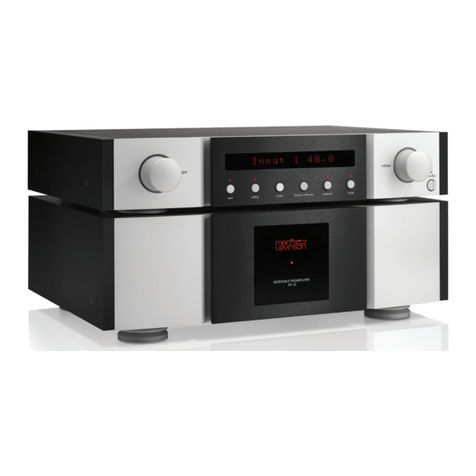
Mark Levinson
Mark Levinson N052 User manual
